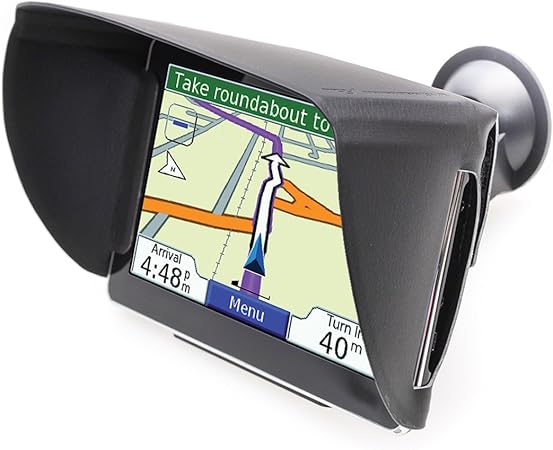GPS Tracker Hacks You Didn’t Know Existed

GPS trackers are ubiquitous these days, used for everything from fleet management and asset tracking to personal safety and pet monitoring. But the technology isn’t foolproof. While designed to be secure, savvy individuals have discovered ways to exploit vulnerabilities, leading to some surprising “hacks” that you might not be aware of. This article explores some of these techniques, highlighting their implications and offering advice on enhancing your tracker’s security.
Signal Jamming: The Classic Approach
One of the oldest tricks in the book is signal jamming. This involves using a device to broadcast a strong signal on the same frequency as the GPS tracker, effectively drowning out the GPS signal and preventing the tracker from communicating its location. While relatively simple in concept, effective jamming requires specialized equipment and knowledge of the frequencies used by your specific tracker. Furthermore, jamming is often illegal, carrying significant legal consequences if detected. The strength and range of jamming devices vary, and sophisticated systems may even attempt to spoof location data, sending false signals to the tracking system.
Spoofing the GPS Signal: Tricking the Tracker
Instead of simply blocking the signal, some hackers opt for spoofing. This involves sending false GPS data to the tracker, making it believe it’s in a different location than it actually is. This requires a more sophisticated setup than jamming, often involving a specialized GPS spoofing device that can transmit fake location information. The effectiveness of spoofing depends on the tracker’s ability to detect and filter out inaccurate data. Some trackers employ advanced algorithms to identify anomalies and flag potential spoofing attempts. However, newer spoofing techniques are becoming increasingly sophisticated.
Exploiting Software Vulnerabilities: The Digital Angle
Many GPS trackers rely on software for data processing and communication. Vulnerabilities in this software can be exploited by hackers to gain unauthorized access to the tracker’s data, or even to control its functions remotely. These vulnerabilities could be anything from outdated firmware to poorly coded security protocols. Regular firmware updates are crucial to mitigate this risk. Furthermore, choosing trackers from reputable manufacturers who prioritize security is essential. Look for trackers with strong encryption and regular security audits.
Physical Tampering: The Brute Force Method
Sometimes, the most straightforward approach is the most effective. Physical tampering involves directly interfering with the tracker itself. This could range from simply disconnecting the power supply to physically destroying the device. More sophisticated attempts might involve opening the tracker to disable components or reprogram its internal systems. However, most trackers incorporate tamper alerts, notifying the user if the device is opened or manipulated. Robust casing and tamper-resistant components can significantly deter physical attacks.
Using Shielding Materials: Blocking the Signal
Certain materials, such as Faraday cages, can effectively block GPS signals, rendering the tracker useless. While Faraday cages are often associated with high-security applications, it’s possible to construct simpler shielding using conductive materials. This is a more passive form of hacking, preventing communication rather than actively interfering with the signal. The effectiveness depends on the material used and the design of the shielding. However, this method won’t work against all trackers, especially those employing multiple communication methods (e.g., cellular backup).
Protecting Yourself Against GPS Tracker Hacks
While completely eliminating the risk of hacking is impossible, you can take steps to significantly reduce your vulnerability:
- Choose reputable brands: Opt for trackers from well-established companies with a strong track record of security.
- Regular firmware updates: Keep your tracker’s software up to date to patch security vulnerabilities.
- Strong passwords and authentication: Use strong, unique passwords for your tracker’s account and enable two-factor authentication whenever possible.
- Monitor for anomalies: Regularly check your tracker’s data for any unexpected changes or inconsistencies that could indicate hacking.
- Secure physical access: Protect your tracker from physical tampering by storing it securely or using tamper-resistant enclosures.
- Consider multiple communication methods: Some trackers use multiple methods of communication (GPS, cellular, etc.) to provide redundancy and resilience against signal jamming.
The world of GPS tracker technology is constantly evolving, with new hacks and countermeasures appearing regularly. Staying informed about these developments and taking proactive steps to protect your tracker is crucial to ensuring its continued effectiveness and reliability.


